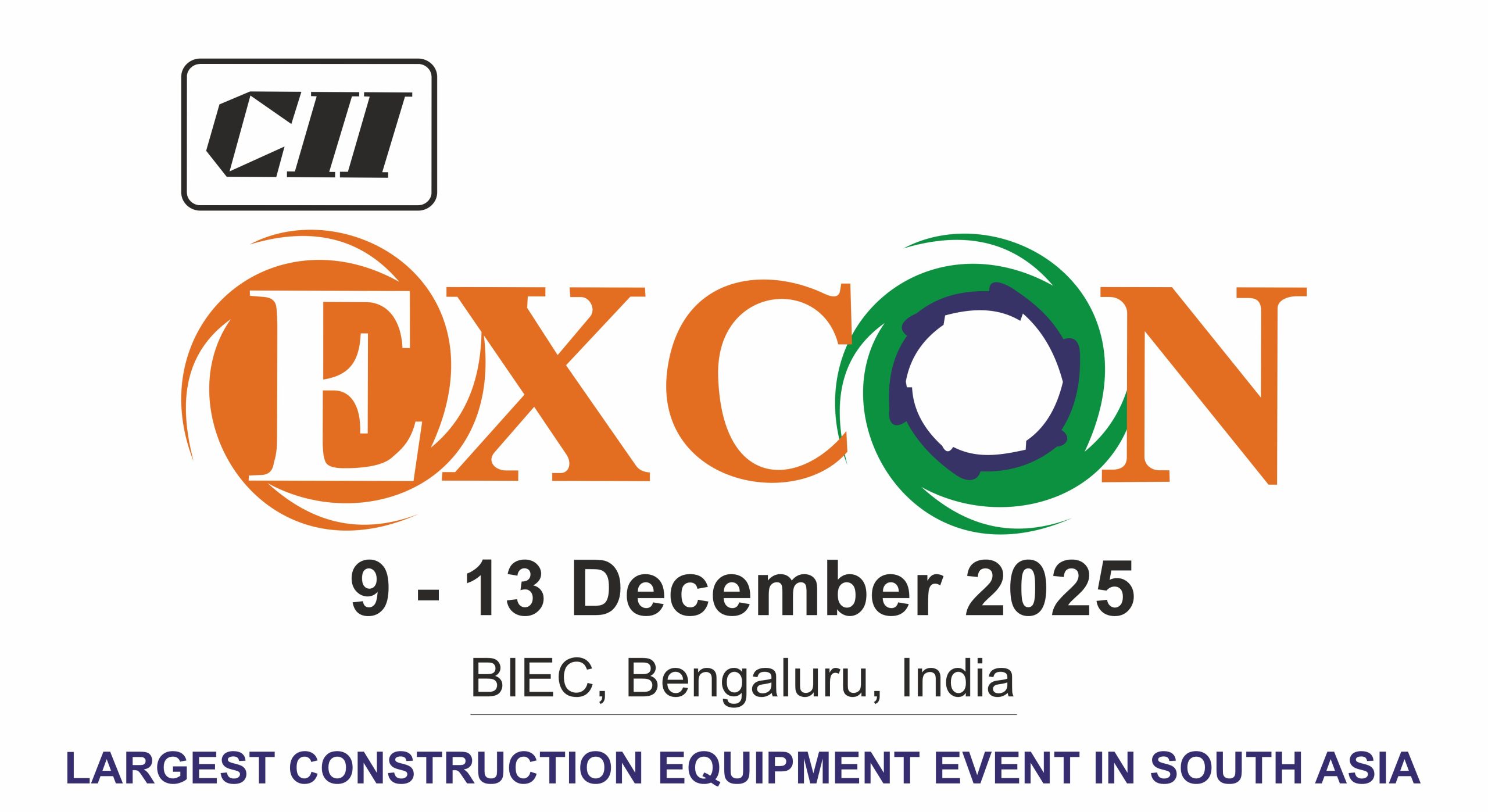India’s transport story has entered a new gear. Under the PM GatiShakti National Master Plan, 44 ministries and 36 states now plan infrastructure on a single GIS platform, ending the old silo approach and laying the groundwork for “Viksit Bharat 2047.”
Highways are the headline act: the national network has expanded 60 percent—from 91,287 km in 2014 to 146,204 km—and construction speed has tripled to 34 km a day. Within the flagship Bharatmala programme alone, 26,425 km have been awarded and more than 20,000 km are already open to traffic.
Rail modernisation is close behind. Over 45,000 route-km are now electrified, cutting fuel costs and emissions, while the indigenously developed Kavach automatic-train-protection system is boosting safety on busy corridors.
Air travel has become markedly more democratic. The UDAN regional-connectivity scheme has made 88 airports operational and flown 1.51 crore passengers; Digi Yatra’s facial-recognition gates already speed journeys at 24 hubs. On the coast, port capacity has doubled to 2,762 MMTPA, vessel turnaround time has dropped from 93 to 49 hours, and inland-waterways cargo has risen 710 percent to 146 MMT. Green-hydrogen hubs at three major ports herald the next sustainability leap.
Together, these multimodal gains are shrinking logistics costs, knitting markets, and setting India on course for faster—and cleaner—economic growth.
GatiShakti Shift: A Decade of Faster, Greener Transport
Date:









